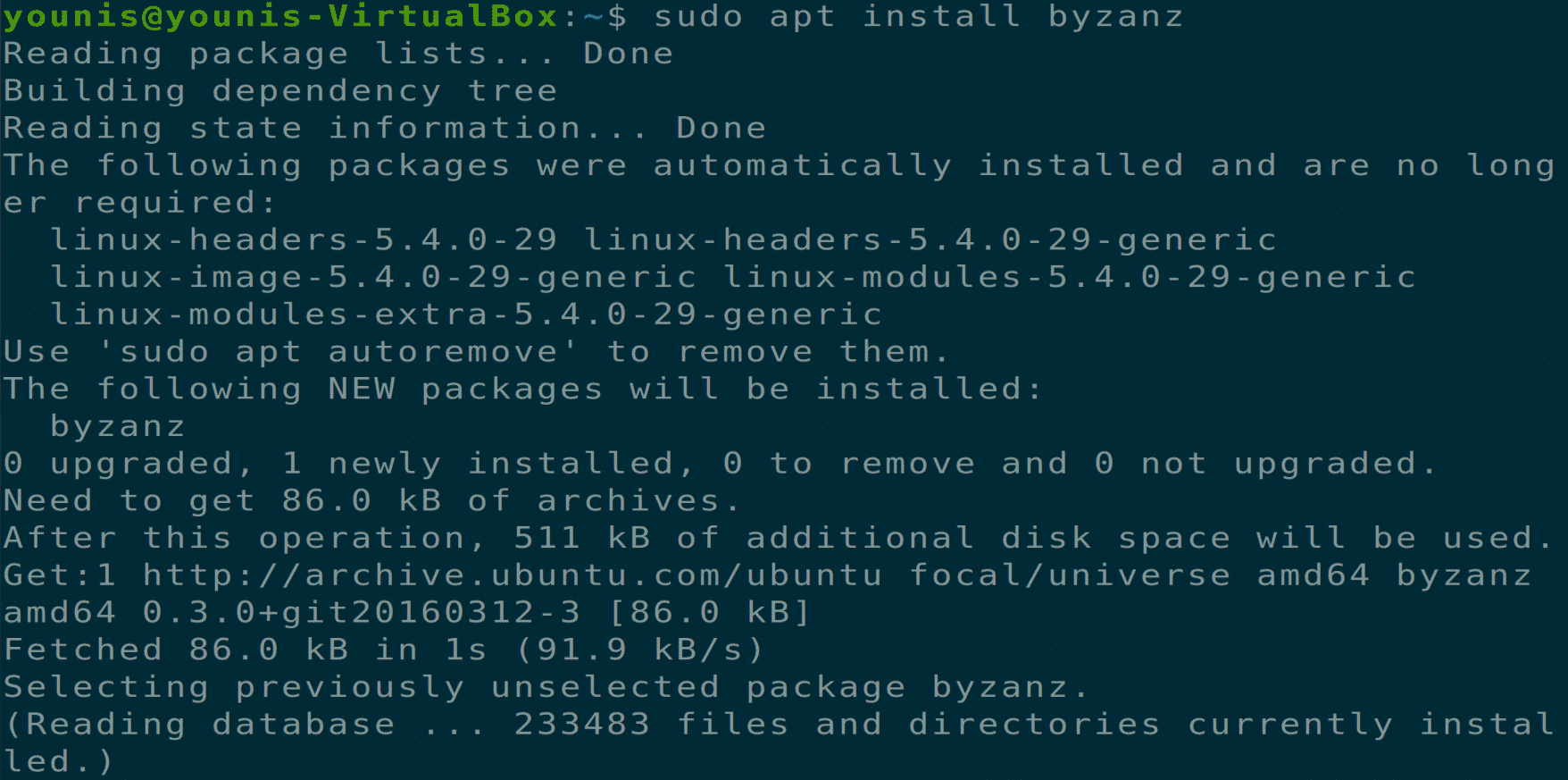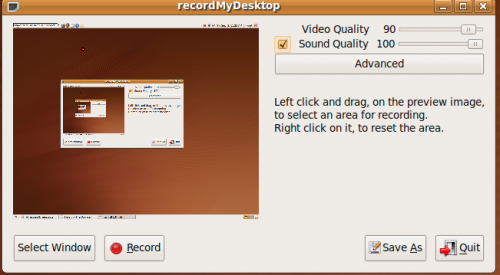

YouTube-hosted Screencast – A demo of the method where I learn to use xwininfo: The original is much, much better - you can actually read the text in the screencast. However, the video quality at youtube and google videos leaves much to be desired. I created a small screencast to show how all this works out. For example the following command will create a 800×600 video from the 1024×768 video: You can resize the screencasts by using, (…surprise!…) ffmpeg. $xwininfo -frame will give you the geometry of a window, including the window decorations (the title-bar, scrollbar etc). I find the “ xwininfo” command to be pretty useful to find these parameters. If you want to create a screencast of only one application window, or a specific portion of your desktop, you can do that by specifying the offsets (always calculated from the top-left of the desktop) and the size of the area to be captured. You can change these and the other options (refer to the documentation for ffmpeg). The video file “test.avi” will be created in your home folder. s 1024×768 says that the size of the video to be captured is 1024×768. vd x11:0,0 says that the offset to use for recording is x=0 and y=0 I find the following command good for my purposes: You can use this to create your screencasts. That’s it! Now you have an executable called “ffmpeg” in the directory you are in (~/software/ffmpeg-0.4.9-p20051216/)

$./configure -extra-ldflags=-L/usr/X11R6/lib -enable-x11grab -enable-gpl Let’s get started now, configure the beast:
#UBUNTU RECORD SCREENCAST INSTALL#
$sudo apt-get install build-essential xlibs-dev The “build-essential” package will give you the compiler and other tools needed to compile packages, and the “xlibs-dev” package will be required to compile ffmpeg successfully. Now before we start compiling the source, you will need a couple of packages installed on your computer. So now you are in the newly created “software” directory. This is optional, you don’t have to do it, but I do this to keep things organized on my computer: Open a terminal, and create a new directory called “software” in your home directory. You will need to patch, compile, and use ffmpeg to generate the screencasts. So, as usual, my job is to publicize what is already known to a few.
#UBUNTU RECORD SCREENCAST HOW TO#
A commenter mentioned how there was an article at explaining the process, and even posted instructions on how to be able to do this. The screencasting method I present here is not something I came up with. Screencasting can be very useful for explaining new concepts, demonstrating beta products, and heck, maybe even for filing better bug reports! This is something I have wanted to do for a long time now. …In which we (finally!) figure out how to create screencasts in Ubuntu using a patched ffmpeg… How to Create a Screencast in Ubuntu JPosted by Carthik in applications, guides, ubuntu.


 0 kommentar(er)
0 kommentar(er)
